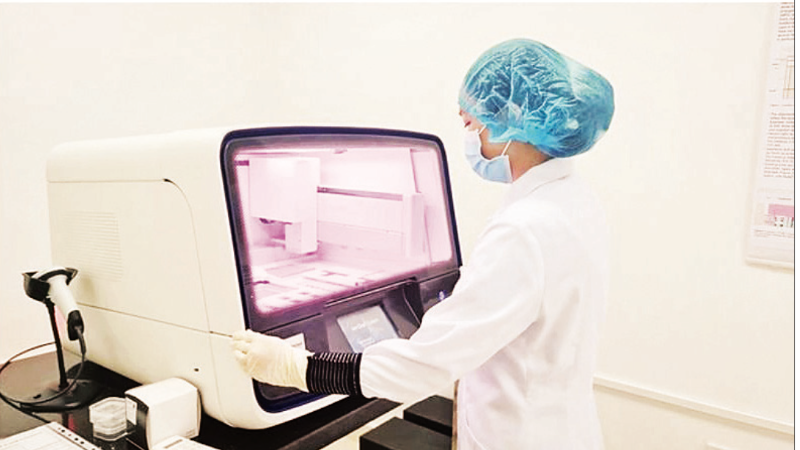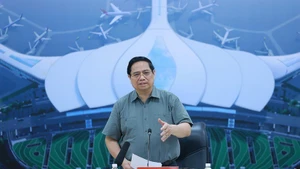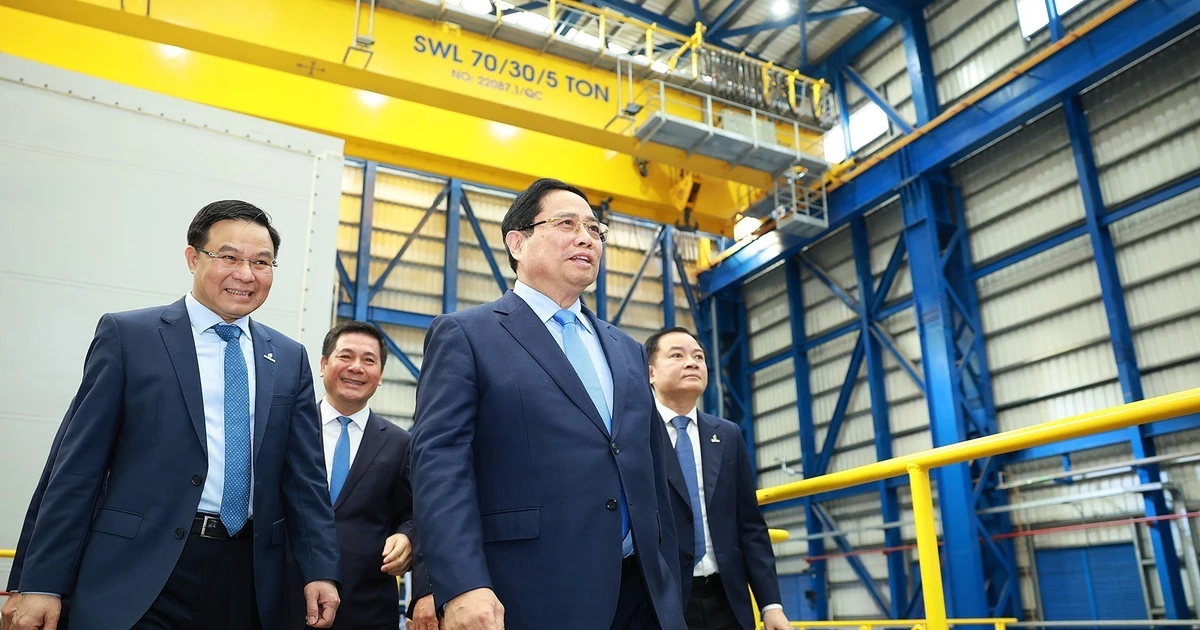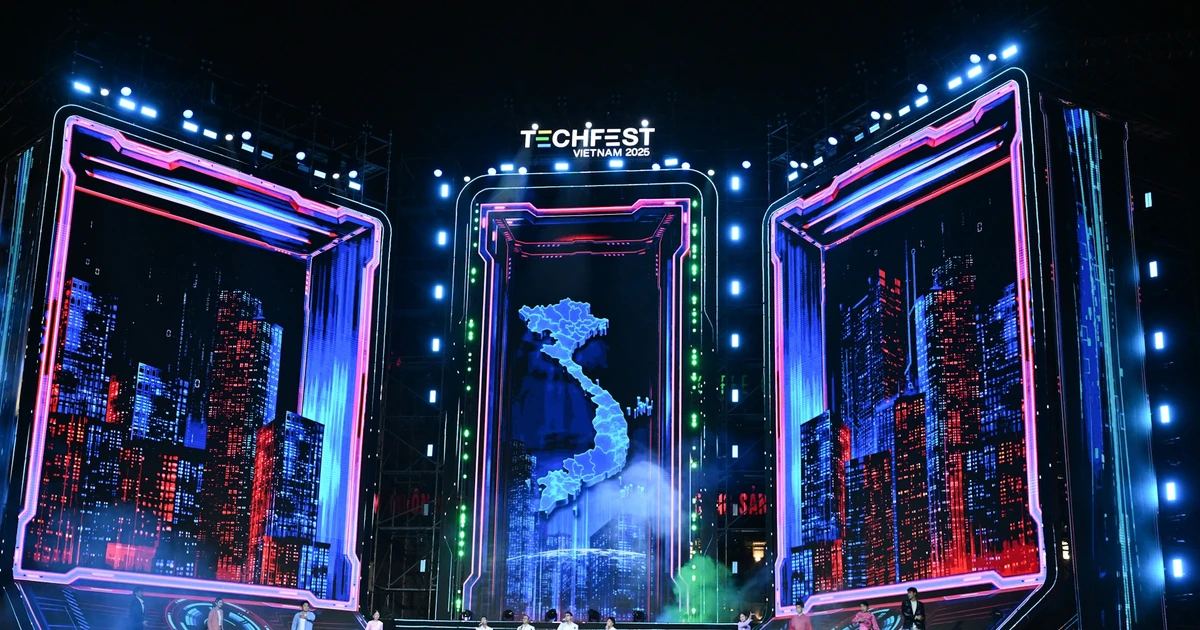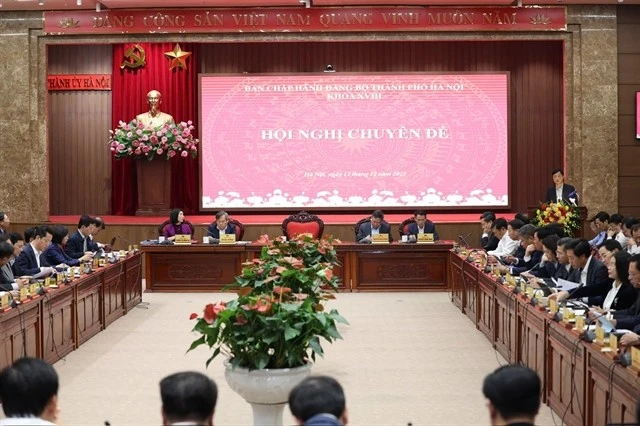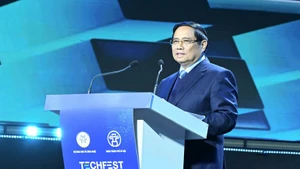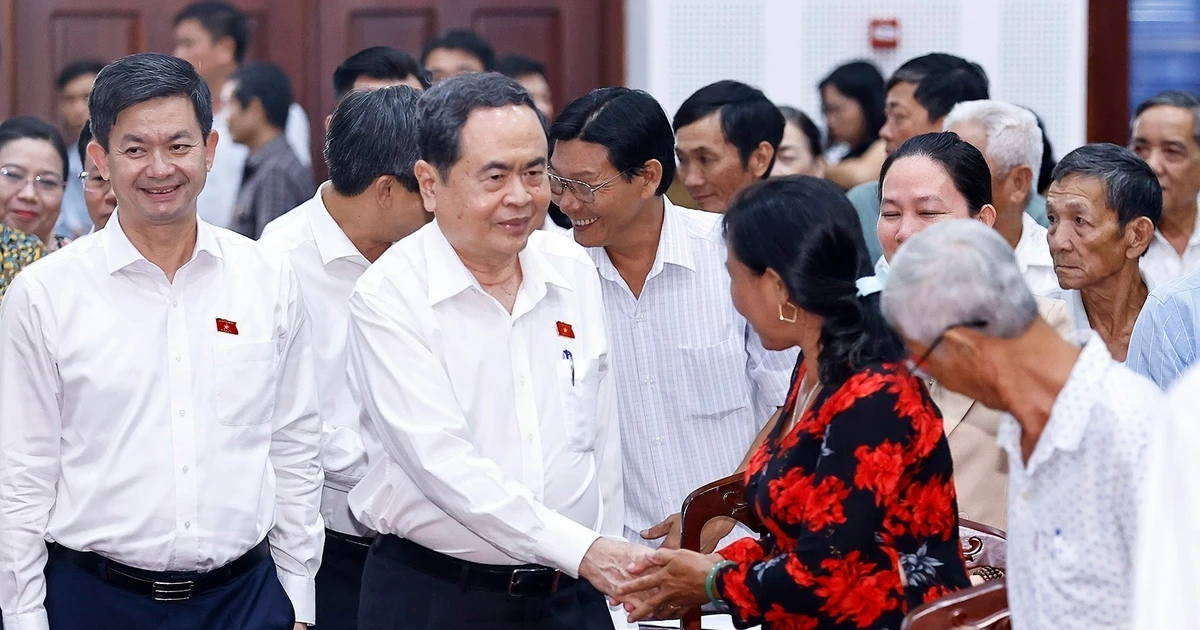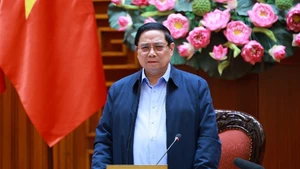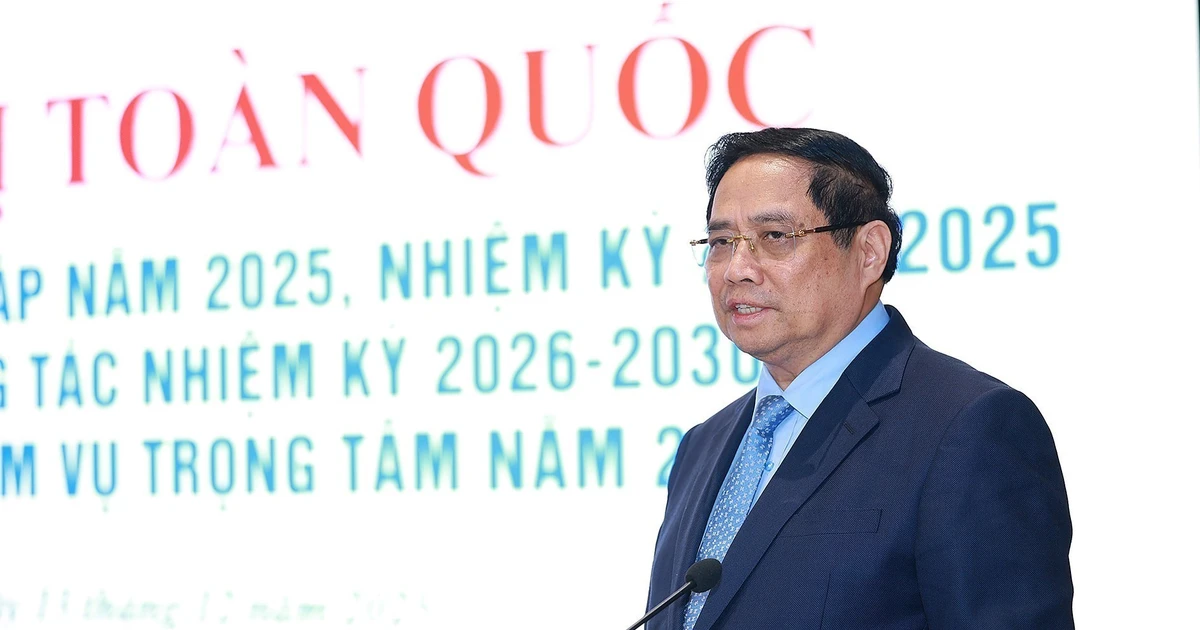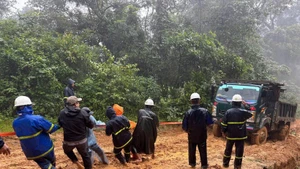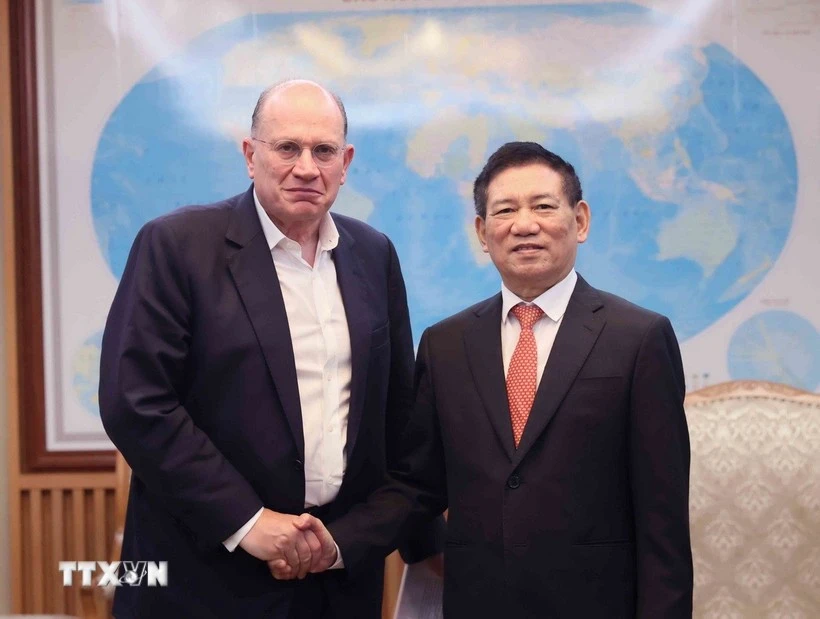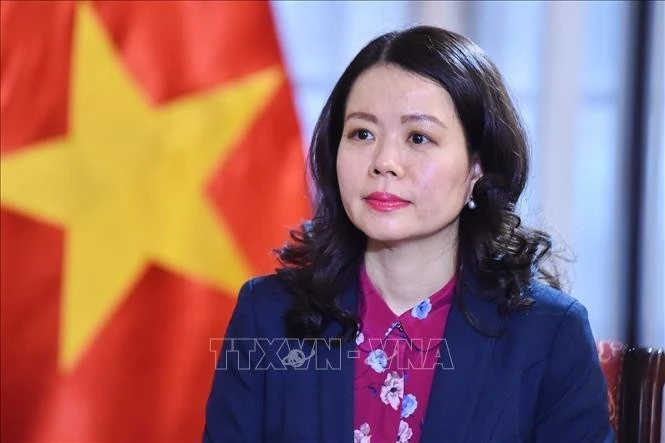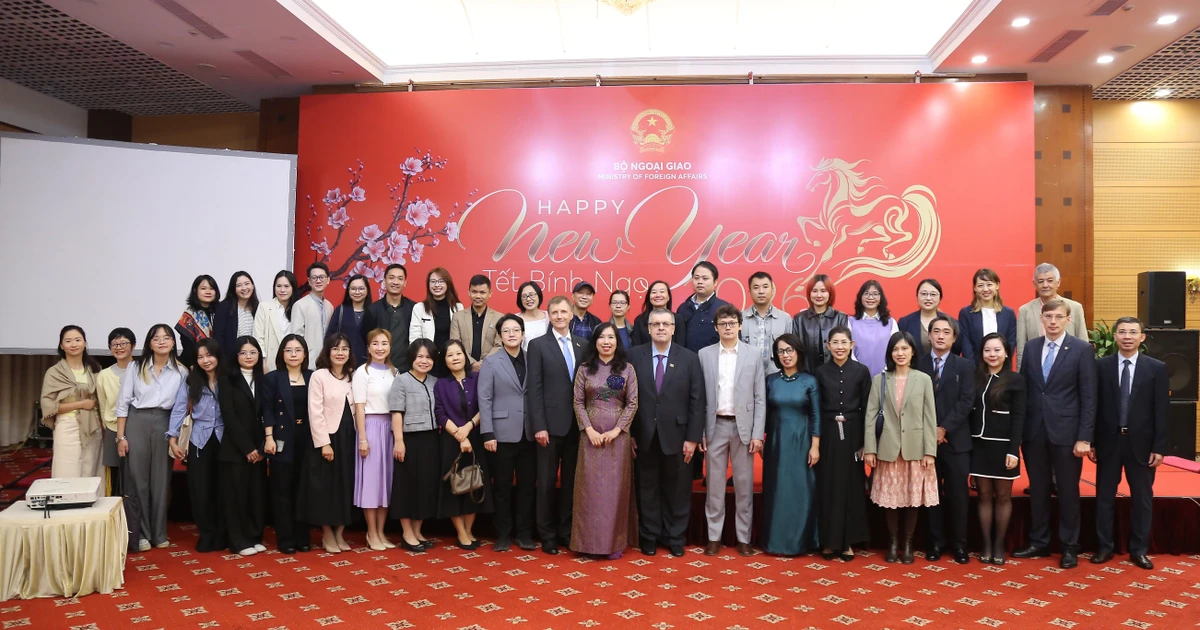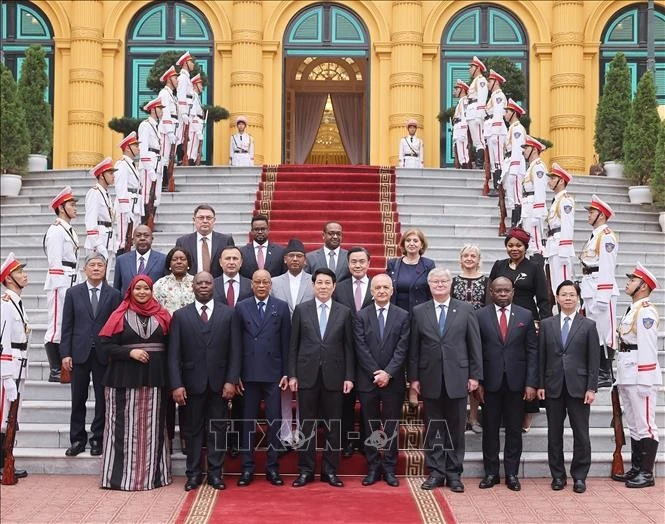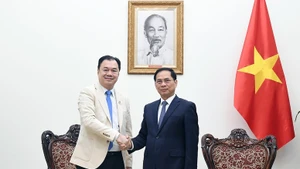To enhance the effectiveness of martyr remains identification, relevant agencies and sectors must actively coordinate with domestic and international organisations, while also applying modern technologies to the identification process.
In the gratitude spirit of July, we visited the DNA Examination Centre under the Institute of Biology (Viet Nam Academy of Science and Technology), where staff are day and night carrying out the silent but sacred mission of DNA identification, identifying the names of those who have fallen for the Fatherland.
Do Hoang Phong, an appraiser, has been working for nearly three years on the appraisal of martyrs' remains. He shared that as a young generation, working at the centre, he and his colleagues feel very honoured and proud because the daily professional work has brought hope to the families and relatives of martyrs who have yet to be identified. The process of "finding the names" for heroes and martyrs is very difficult and complicated, with some samples needing to be analysed many times, but as long as there is a glimmer of hope, they will continue to make every effort.
To identify the martyrs’ names, Phong and the centre's staff must go through many processes, such as taking bone samples, washing, cutting, grinding, mixing them with chemicals, amplifying the samples by machine, all processes must ensure that there is no strange DNA contamination affecting the analysis results.
Most of the remains were severely decomposed due to being buried for over 50 years and have been affected by microorganisms in the natural environment. Therefore, about 30% of the collected samples do not yield results after testing.
According to Dr. Tran Trung Thanh, Deputy Director in charge of the DNA Examination Centre, the centre officially started its operation in July 2019 and is one of the three leading DNA identification units of the country participating in the project to identify the remains of martyrs missing information according to Decision No. 150/QD-TTg of the Prime Minister.
The centre currently has 18 people, including: one associate professor, three doctors, eight masters, one graduate student and the rest are bachelors specialising in biotechnology and biology. Since its establishment, the centre has developed 13 processes, performed 800 DNA extractions from long-buried bone samples, equivalent to about 8,000 martyrs' remains.
The success rate of mitochondrial DNA extraction is 22% (about 1,600 samples), contributing to the identification of many martyrs and decoding many genomes of martyrs' remains and martyrs' relatives. Currently, the centre stores about 7,000 samples of martyrs' remains and the centre’s appraisal capacity is 4,000 samples per year.
With the goal of helping Viet Nam improve its capacity to identify remains in the war, from early 2023 to present, the International Commission on Missing Persons (ICMP) and the United States Agency for International Development (USAID) have coordinated with the DNA Examination Centre to implement a project on "Improving the capacity to appraise remains in the war through development cooperation, technology transfer and receiving equipment, chemicals, and consumables."
The project aims to develop a comprehensive system to match DNA from severely decomposed remains with DNA from families searching for their relatives. From there, it will optimise new DNA analysis technologies, including nuclear DNA extraction technology and next-generation sequencing technology, to detect and analyse SNP (single nucleotide polymorphism).
Previously, ICMP developed five DNA extraction methods (basic techniques in molecular laboratories) from Vietnamese remains but selected the two abovementioned methods (technologies) that are suitable with Viet Nam’s characteristics.
The coordination and implementation of the project aims to concretise the contents of the memorandum of understanding on supporting Viet Nam to improve the capacity to identify wartime remains between the Viet Nam Office for Seeking Missing Persons and USAID. With the desire to achieve initial successful results, during the project implementation process, 100 samples of remains were selected for DNA extraction.
The process of researching and extracting samples to collect nuclear DNA was carried out by experts and scientists from both countries in the Netherlands and Viet Nam. Comparing the results of the analysis showed that these DNA samples and the samples donated by distant relatives of the martyrs were identical.
“The identification of martyrs’ remains by mitochondrial DNA analysis technology depends on matching samples of the martyrs’ maternal relatives, and the number of successful matches reached 221 out of 100 samples. However, when applying these two new technologies to the identification, allowing the matching of samples without limitation on the maternal line, and accepting samples of distant relatives of both the paternal and maternal lines, the number of successful matches reached 70 out of 100 samples. Thus, the outstanding advantages of these new technologies increase the success rate of identified remains after DNA identification by more than three times compared to the old method,” Dr. Tran Trung Thanh shared.
According to Prof. Dr. Chu Hoang Ha, Vice President of the Viet Nam Academy of Science and Technology, the academy always determines that this is not only a scientific project, but also a noble humanitarian mission. Since then, scientists and experts from the Institute of Biology, USAID, and ICMP have made efforts to develop, optimise and transfer DNA analysis technology of martyrs' remains based on next-generation sequencing (NGS).
The increased rate of successful DNA extraction of remains samples demonstrates an important breakthrough in technology. Gene sequencing and SNP analysis have opened the possibility of matching relatives with distant blood relations up to four or five generations, which have never been achieved before. This is also the first time that experts have demonstrated the feasibility of applying advanced technology with the SNP-NGS technical platform to the DNA identification of martyrs' remains in Viet Nam.
During the working session with the DNA Examination Centre, we received moving news that two martyrs were recently identified thanks to these new technologies. This is not only a source of happiness for the centre's staff but also brings happiness and hope to the many families and relatives of martyrs across the country who are waiting for their " homecoming".
